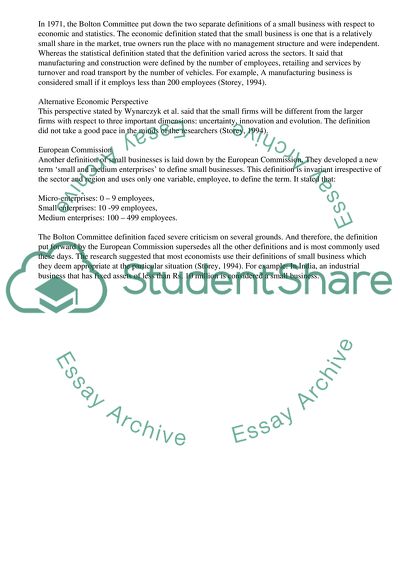Cite this document
(The Small Business Environment in Zimbabwe Term Paper, n.d.)
The Small Business Environment in Zimbabwe Term Paper. Retrieved from https://studentshare.org/business/1564982-small-business-report
The Small Business Environment in Zimbabwe Term Paper. Retrieved from https://studentshare.org/business/1564982-small-business-report
(The Small Business Environment in Zimbabwe Term Paper)
The Small Business Environment in Zimbabwe Term Paper. https://studentshare.org/business/1564982-small-business-report.
The Small Business Environment in Zimbabwe Term Paper. https://studentshare.org/business/1564982-small-business-report.
“The Small Business Environment in Zimbabwe Term Paper”, n.d. https://studentshare.org/business/1564982-small-business-report.


